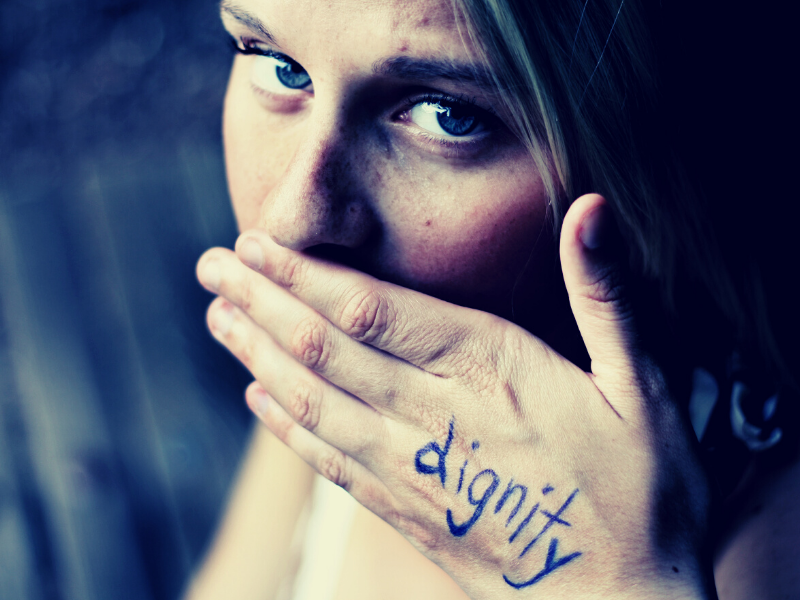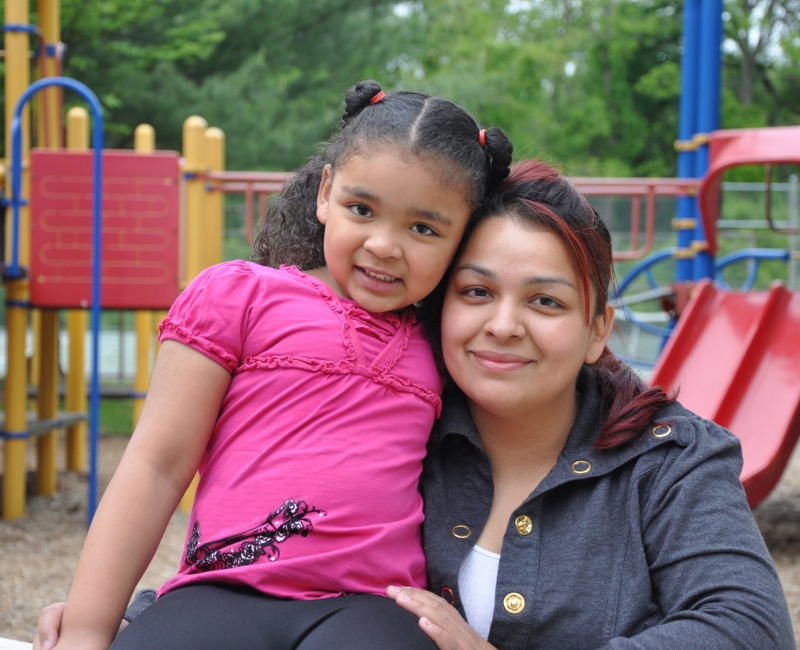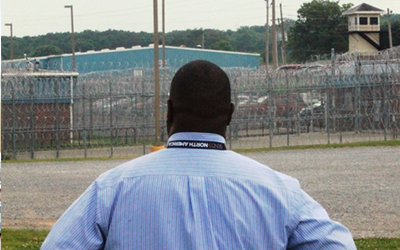
Welfare Without Dignity Doesn’t Work
Welfare Without Dignity Doesn’t Work
By Corey Burres
I drove through my neighborhood and saw dozens of tents lining the wooded area near my home. I realized there were families and single mothers living in these tents. My heart broke. How did we get here? When did we start to accept this for those in our communities?
I know from our work at Georgia Center for Opportunity (GCO) there are local and governmental services available. I know there are many community groups and philanthropic organizations working to address the basic needs of shelter, food, and health. But I question if these systems address the issue of dignity.
Dignity is a word we throw around a lot at GCO. It’s a core value for our team, but it is also a core component of how we choose to view others. It is a driver, yes, but more importantly, it is a goal. We can address needs and make some headway, but until we restore dignity to individuals we will continue to fight an endless battle. Government safety-net programs are not designed to restore dignity. That is a problem.
Without finding self-worth and dignity in what we do, we continue to seek “just enough.” If we truly want those around us to thrive, we must create systems that seek to do more than simply appease a need. We must create systems that see the value of peoples’ humanity and desire for them to move into a vibrant and thriving future.
The fact of the matter is that systems like Medicaid, food stamps, and other programs are not designed to move people into a better life. Instead, they are a stop-gap that simply meets an immediate or temporary need.
If we truly want those around us to thrive, we must create systems that seek to do more than simply appease a need. We must create systems that see the value of peoples’ humanity and desire for them to move into a vibrant and thriving future.
In the case of temporary unemployment or hard times, this is sufficient and works as intended. It’s why many people tout the effectiveness of these programs. They do work—for some.
However, in the case of intergenerational or long-term poverty, the result is marginalized groups systemically stuck—trapped in dependency and without hope.
And that is what I see when I pass these tent cities. These are our neighbors who have surrendered to a way of life, one that we desperately hope our own loved ones will never experience. The tragedy is that our political leaders have done just enough to appease them.
True compassion says we should hope for them to move off government assistance programs and feel the sense of dignity and belonging we want for everyone.
Over the next month, we are going to highlight changes to assistance programs that will remove the traps in our safety-net systems. We will highlight local support networks that view the individual through the lens of the dignity that they deserve. And we will bring together the business and community leaders leading the charge at Breakthrough.
Will you join us?







